The Forex market has a unique structure which sets it apart from other assets. For example, equity markets have precise open and closing times. The Johannesburg Stock Exchange (JSE), for example, is active Mondays to Fridays from 9 AM to 5 PM South African Standard Time (GMT +02:00). So, while there is a clear answer to the question “what time does the JSE open?”, the answer isn’t so clear when it comes to Forex. The Forex market is open 24/5, which is great for traders who want to place trades before work or at the end of their day. But this begs the question: what time does the Forex market open in South Africa?
Overview of Forex Trading Times
The fact that the Forex market trades around the clock from Monday to Friday means there isn’t an “official” open and close of business in every country. For traders in all countries, the Forex market closes on Friday at 17:00 EST and it opens on Monday morning in Wellington, which is 22:00 EST on Sunday night. The term “Forex Market Hours” or “Forex Trading Times” simply indicates the times this five-day period during which traders can Open/Close positions and speculate on the price movement of currency pairs.
A good way to think about the Forex market is to divide the trading day into 3 sessions which represent the main money "centers": Asia, Europe, North America. Each "center" has its own “personality” due to the aims and objectives of market participants active at various times.
For example, liquidity is poorest during the Asian session (which encompasses Wellington, Sydney, Tokyo, Hong Kong, Singapore and mainland China) and due to the close connections between economies, there is no desire to spark volatility.
Liquidity picks up during the European morning as Frankfurt starts trading but more so when London opens. Liquidity is much deeper in Europe due to the historical importance of various financial hubs on the continent (Paris, Geneva, Frankfurt, and to a certain extent Milan) and in the UK (London). Finally, after the Asian and European markets open, North America comes online and brings with it the deepest pool of liquidity. This means large funds can deal with less slippage; the Canadian and Latin America markets further add to the liquidity pool.
The chart above highlights this dynamic nicely, with the Average True Range and the Rate of Change of the ATR applied to an hourly EUR/USD chart. Notice the regular cycles: volatility starts to rise as London opens up, peaks, and starts to decline after the North American markets open, finally bottoming out during the Asian session.
One way to “fine tune” your skills and adapt to the various money centers is to use an 8-hour rolling pivot. The rationale is simple: if price is trading above the pivot, sentiment for that session is interpreted as “bullish”; if price is trading below the pivot, sentiment is interpreted as “bearish”.
This doesn’t mean you should trade the breaks of the pivot. Instead, simply use it as a “bias” or guide: use your technical signals on the 1Min to 5Min charts in line with that bias. A couple of examples are illustrated below.
Impact of Daylight Savings Time (DST)
While it’s true that Forex trading can be done 24 hours a day, 5 days a week, there is a detail that cannot be overlooked. Every day at rollover time (5 pm New York time), you will be unable to place trades for a short amount of time (this will depend on your broker).
The more important fact is that close to rollover time, the spreads on different currency pairs can be much wider than usual. In the chart below, you can see Oanda’s historical spread and you will immediately notice that – even on EUR/USD – spreads widen up to 10 pips.
This can make it impractical and risky to place trades close to rollover time, especially if you use a tight stop loss. A safety precaution might be to trade up to 30 minutes before rollover, or wait until 30 minutes after rollover. During those times there’s hardly any volatility anyway, so waiting 30 minutes shouldn’t make a material difference.
With the rollover hour in mind, we need to digress slightly and discuss Daylight Savings. During the northern hemisphere’s winter, when the U.S. session closes at 17:00 EST, it is midnight (00:00) in South Africa. When it is summertime in the northern hemisphere and the U.S. session closes at 17:00 EDT, it is 23:00 in South Africa.
Therefore, in South Africa, the Forex market opens and closes at either 23:00 (between March and November) or 00:00 (between October and March). Generally speaking, you shouldn’t be trading during those times (due to lower volatility and higher spreads). But if you are trading Forex during those times, just keep these adjustments in mind.
Best Time for Day Trading in South Africa
Knowing how the 24-hour cycle works, you can now understand what the best time to trade Forex in South Africa is: the slot between 10:00 and 17:00 SAST (South Africa Standard Time).
10:00 SAST is when the London session opens and 17:00 is 2 hours into the U.S. session. This is the main window where economic news is released (always influential for intraday and day traders) and deep liquidity, allowing for optimal trading conditions.
It is during these hours that intraday traders can take advantage of the heightened volatility and enhance their odds of hitting their profit targets. The chart below highlights Forex trading sessions in South Africa time.

43% of Forex transactions are traded during the European session, which makes it the most important Forex trading session of the day.
Of course, if you are not day trading or scalping, then liquidity and time zones will be less of a concern. For swing or position trading (where you are looking for setups on the 4H or daily charts) you should be much more concerned with fundamentals, positioning and sentiment, rather than trading at exact hours.
As a general rule, the longer your trading timeframe, the more weight fundamentals should have in your trading plan and the less weight technical analysis and time zones will have.
Trading with the Right Timeframes in South Africa
As we have now understood, living in South Africa isn’t a disadvantage when it comes to Forex trading. The key then, is to align your preferred trading style with the right timeframe.
If you are a more aggressive and active person, with less patience and a higher risk tolerance, you will likely be attracted to the shorter timeframes. I would suggest sticking to the 5 or 15-minute frames for execution purposes and getting your bias from the 4H chart. Trading intraday will be more technical in nature, but you must also keep tabs on the macroeconomic calendar and avoid trading ahead of data releases. The best times for intraday trading in South Africa are from 10AM to 7PM SAST.
If you are a more sedate person, with more patience and lower risk tolerance, you might want to trade from the 4H chart or the daily chart. In this case, the time of day has much less relevance. What carries more relevance is the macroeconomic background and current sentiment of the instrument you are trading. You just need to be aware of the daily rollover period and avoid trading around that time.
Final Thoughts
South Africa is actually a decent place to trade Forex because the best trading conditions coincide with the 10:00-19:00 SAST window. As such, it’s actually easier to trade Forex from South Africa than the United States! Some traders in the US have to get up at 3AM in order to trade Forex during the European session – not a comfortable time by any means.
The best market liquidity, volatility, and trading conditions are generally experienced during the London session and early U.S. session because the most important central banks, large speculators, global corporations, financial institutions, commodity markets, and stock markets are active, all of which can affect the currency markets in a meaningful way.
The best Forex market hours in South Africa are quite comfortable, so motivated traders should be encouraged by this fact.
FAQs
What time does the Forex market open and close in South Africa?
Taking into consideration Daylight Savings, in South Africa the Forex market opens and closes at either 23:00 (between March and November) or 00:00 (between October and March).
What are the best times to trade Forex in South Africa?
The best trading conditions (meaning deep liquidity and decent volatility) will usually be between 10:00 SAST and 17:00 SAST.
Can you trade Forex at night?
The Forex market is open 24/5, so of course you can trade at night. The better question is whether you would want to trade at night. As discussed earlier in the article, the volatility conditions and liquidity are not conducive to good trading conditions and as such, night-time trading is best avoided.
https://www.dailyforex.com/forex-articles/2021/08/forex-trading-hours-in-south-africa/166706
2021-08-15 08:29:00Z
CBMiXGh0dHBzOi8vd3d3LmRhaWx5Zm9yZXguY29tL2ZvcmV4LWFydGljbGVzLzIwMjEvMDgvZm9yZXgtdHJhZGluZy1ob3Vycy1pbi1zb3V0aC1hZnJpY2EvMTY2NzA20gEA
Bagikan Berita Ini
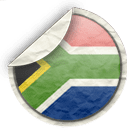
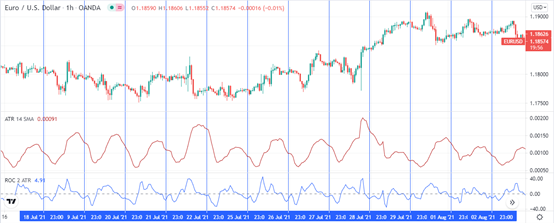
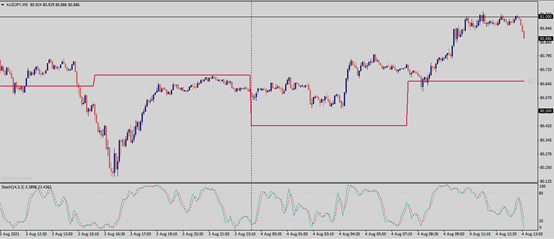
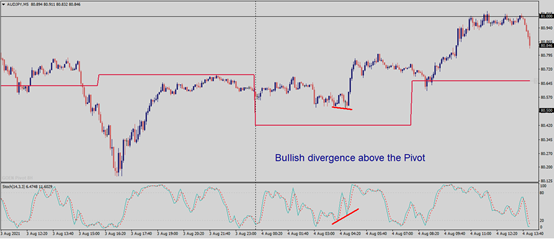
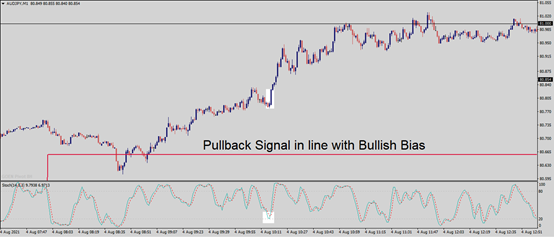















0 Response to "Forex Trading Hours in South Africa - DailyForex.com"
Post a Comment